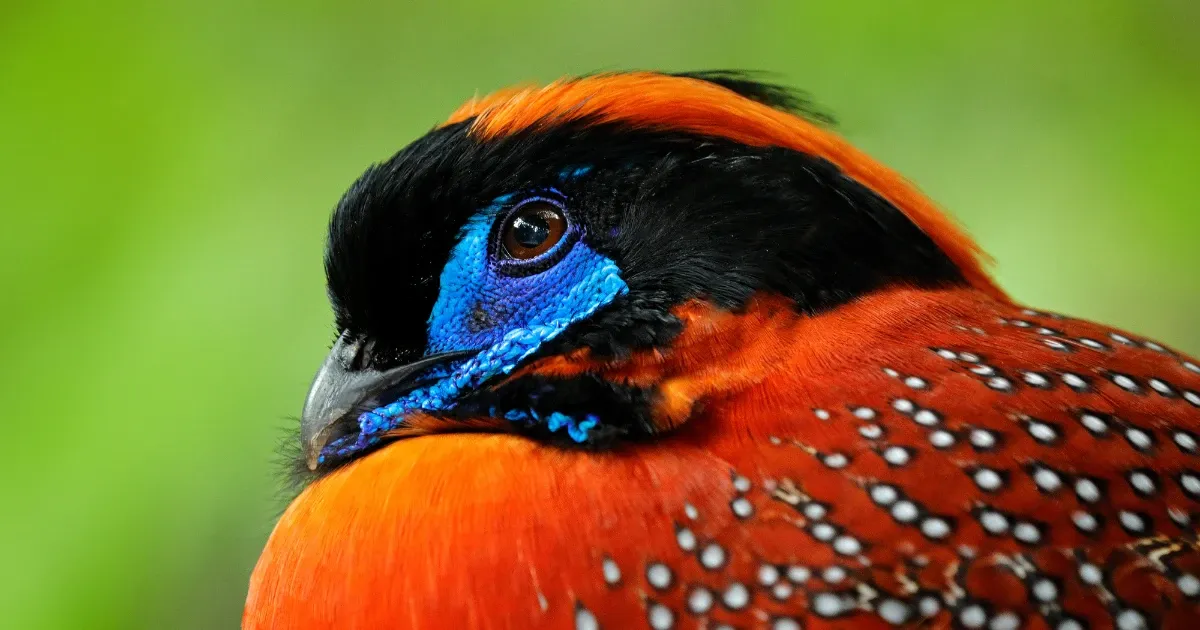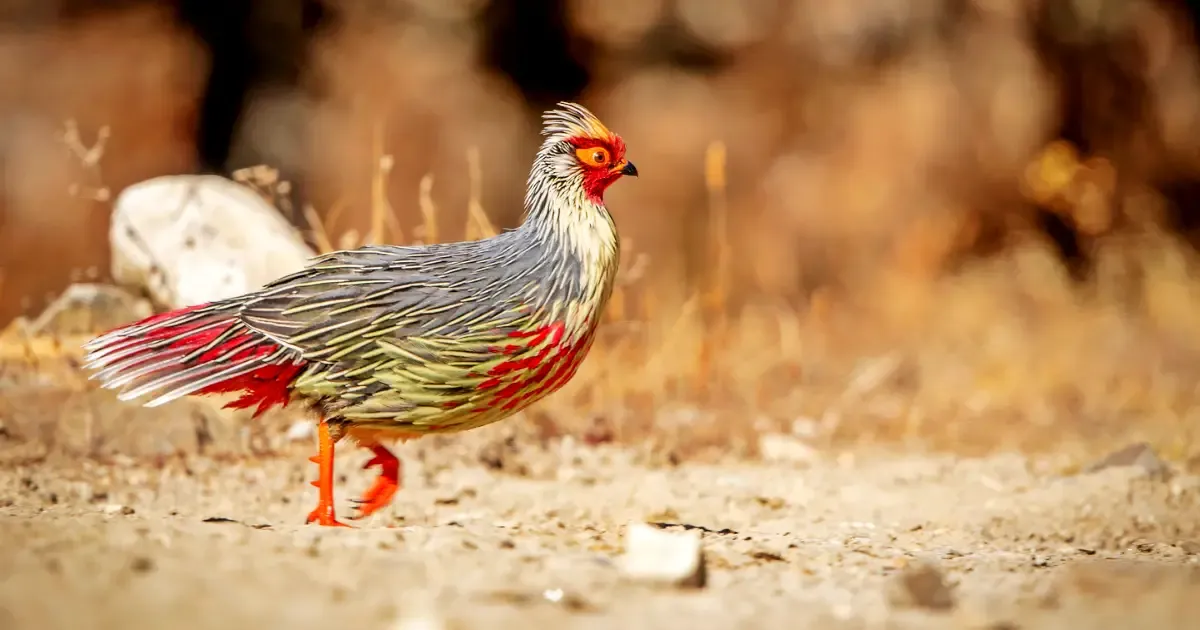Overviews' of Barun Valley of East Nepal
Synopsis: The Barun Valley Trek in Eastern Nepal offers an adventurous journey through the untouched beauty of Makalu Barun National Park. Starting from Tumlingtar and following the Arun River, trekkers pass through diverse ecosystems to reach this secluded valley at the base of Mount Makalu. Home to rare species like the snow leopard and red panda, the trek showcases spectacular Himalayan views, vibrant wildflowers, and the rich culture of Sherpa and Rai communities. Best experienced in Spring and Autumn, it's a challenging yet rewarding trek for nature lovers and adventure seekers.(alert-success)
Barun Valley (बरुण उपत्यका) is a Himalayan valley lies in the base of Mt. Makalu of the Sankhuwasabha district Eastern Nepal. This valley is entirely inside of the Makalu Barun National Park.
During the monsoon season, though, there are fewer tourists. Each. The Barun Valley Trek requires moderate fitness or adaptation to avoid acute mountain sickness.Barun Valley provides stunning natural view with high waterfalls cascade into deep ravine, craggy rocks rise from green forests and colorful flowers bloom beneath white snow peaks.
This hidden Himalayan valley is one of the least developed places in Nepal. Nestled in the Sankhuwasabha district, at the base of Makalu (8481 meters). Makalu is the fifth highest mountain in the world.
The trek to Barun Valley begins from Tumlingtar, a small town in the eastern part of Nepal. From here, trekkers follow the Arun River upstream and pass through the lush green forests of rhododendron, oak, and bamboo. As they gain altitude, the landscape changes to alpine meadows and eventually to barren rocky terrain.
The highlight of the trek is the Barun Valley itself, which is home to several rare and endangered species like the snow leopard, red panda, and Himalayan black bear. Trekkers can also spot several species of birds like the satyr tragopan (Danfe/Monal), Himalayan monal, and blood pheasant (चिलिमे). The valley is also famous for its beautiful wildflowers like the Himalayan blue poppy, primrose, and cobra lily. (alert-success)
 |
| Himalayan Monal (डाँफे) Image © Canva |
 |
| satyr tragopan Image © Canva |
 |
| blood pheasant (चिलिमे) Bird |
The trek to Barun Valley is not an easy one, and trekkers need to be prepared for the challenges of high altitude, steep climbs, and long hours of walking. However, the rewards are many, including breathtaking views of snow-capped peaks like Mt. Makalu, Mt. Chamlang, and Mt. Everest. Trekkers can also experience the unique culture and traditions of the Sherpa and Rai ethnic groups who live in the area.
The development of tourism in the region has led to the growth of local economies and the preservation of the natural and cultural heritage of the area. The local communities have been actively involved in promoting sustainable tourism practices, which include waste management, conservation of natural resources, and cultural preservation.
Barun Valley Trek is an off-the-beaten-path adventure that offers a unique blend of natural beauty, cultural diversity, and adventure. It is a must-visit destination for adventure seekers, nature lovers, and those interested in experiencing the rich culture and traditions of Nepal.The trek is a challenging one, but the rewards are many, including stunning views of the Himalayas, rare wildlife sightings, and a chance to experience the unique way of life of the local communities.
Trekking is possible throughout the year, but Spring (March to May) and Autumn (September to November) will be the best and appropriate weather. During the Spring, there is a bit more colorful with the rhododendrons (लाली गुराँस) are blooming, and in the Autumn months, the skies are generally clearer.(code-box)
 |
| Rhododendrons लाली गुराँस Image © Canva |


